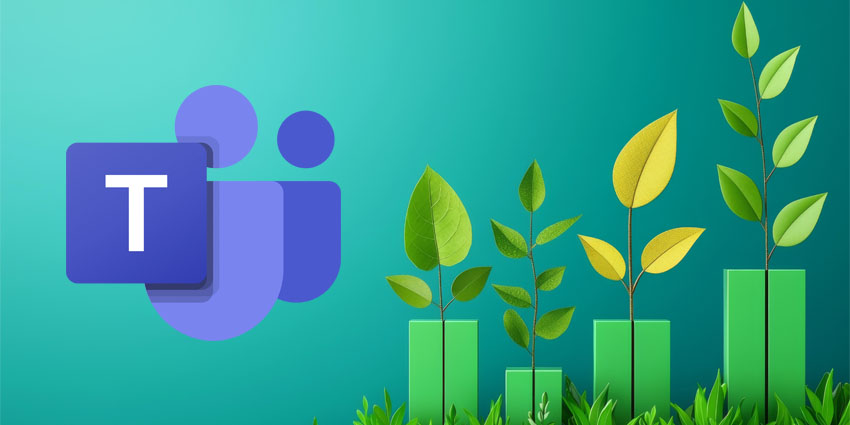I’ve been tracking the four-day work week movement with keen interest. The promise is compelling: same pay, same output, but working just 32 hours instead of 40. And with generative AI delivering real productivity gains, it feels within reach.
But the math tells a different story.
The Numbers Don’t Lie
Research from the Federal Reserve Bank of St. Louis, released earlier this year, revealed that workers using generative AI save an average of 5.4% of their work hours. Across all workers, including non-users, the figure drops to just 1.4%.
For someone working 40 hours per week, 5.4% means saving about 2.2 hours. That’s meaningful. But here’s the problem:
A four-day work week requires compressing 40 hours of work into 32 hours—that’s a 20% productivity gain.
The gap between where we are (5.4%) and where we need to be (20%) is substantial. Even with universal AI adoption across all workers, current tools only deliver about one-quarter of the productivity boost required.
Breaking Down the Gap
Let me put this in perspective with real scenarios:
Current reality (28% using AI, 5.4% individual savings):
- Total workforce time saved: 1.4%
- Hours saved per week: 34 minutes
- Gap to four-day week: 18.6 percentage points
If everyone adopted AI tomorrow (100% using AI, 5.4% savings):
- Total workforce time saved: 5.4%
- Hours saved per week: 2.16 hours
- Gap to four-day week: 14.6 percentage points
Even in the best-case scenario with current technology, we’re still 14.6 percentage points short.
Even with universal AI adoption across all workers, current tools only deliver about one-quarter of the productivity boost required for a four-day work week.
What Actually Works
The largest study of four-day work weeks, covering 2,896 employees at 141 companies across six countries, found that organizations maintained productivity by eliminating low-value activities and restructuring workflows, not just through technology.
Microsoft Japan saw a 40% productivity gain during its four-day week pilot—but they also closed offices on Fridays and cut meeting times in half. Buffer reported 22% productivity increases alongside significant workflow changes.
The pattern is clear: successful four-day work weeks combine technology with fundamental operational redesign.
The UC Platform Opportunity
For enterprise buyers evaluating Microsoft Teams, Zoom, Cisco Webex, or other collaboration platforms, this research provides important context. Information services workers using AI in 14% of their work hours reported 2.6% time savings, while computer and mathematics professionals saw 2.5% savings.
The gains are real but incremental. To bridge the full gap, UC platforms need to deliver:
- AI-powered meeting summaries and action items
- Workflow automation that reduces context-switching
- Analytics revealing hidden productivity drains
- Asynchronous collaboration reducing meeting dependency
But technology is just one piece. Organizations must also tackle meeting bloat, eliminate administrative overhead, and empower teams to work differently.
The Path Forward
Penn Wharton research projects AI will contribute 0.18 percentage points to annual productivity growth by 2030, peaking in the early 2030s. Translation: gains will accumulate gradually, not arrive overnight.
For enterprise leaders, this means:
Technology investments can deliver 5-10% productivity gains through AI and optimized collaboration tools.
Workflow redesign can capture another 5-10% by eliminating waste and streamlining processes.
Organizational transformation must close the remaining gap through meeting reduction, cultural shifts, and work restructuring.
A realistic timeline spans 3-4 years, not 3-4 months.
The four-day work week isn’t really about technology capabilities. It’s about organizational courage—admitting that much of how we currently work serves no real purpose.
The Bottom Line
Over 90% of companies in four-day work week trials continued the arrangement, with productivity maintained or improved. So yes, it’s achievable. But not through AI alone.
The four-day work week requires three elements working together:
- Smart technology adoption (AI, UC platforms, automation)
- Ruthless workflow optimization (fewer meetings, less admin work)
- Cultural transformation (trust, autonomy, output focus)
Current AI productivity gains are valuable but deliver only about one-quarter of what’s needed. Enterprise buyers should invest in advanced collaboration tools while recognizing they’re enablers, not complete solutions.
Worth Thinking About…
The conversation about four-day work weeks isn’t really about technology capabilities. It’s about organizational courage.
AI can save us 5% of our time right now. Workflow optimization can capture another chunk. But the final stretch requires something harder: admitting that much of how we currently work serves no real purpose.
Are you ready to use technology gains to fundamentally redesign work? Or will you just pack more tasks into the hours AI saves?
The math shows us the gap. Leadership determines whether we bridge it.
Join the conversation with 2,000+ UC professionals in our LinkedIn community, and subscribe to our weekly newsletter for weekly insights on collaboration technology and the future of work.







